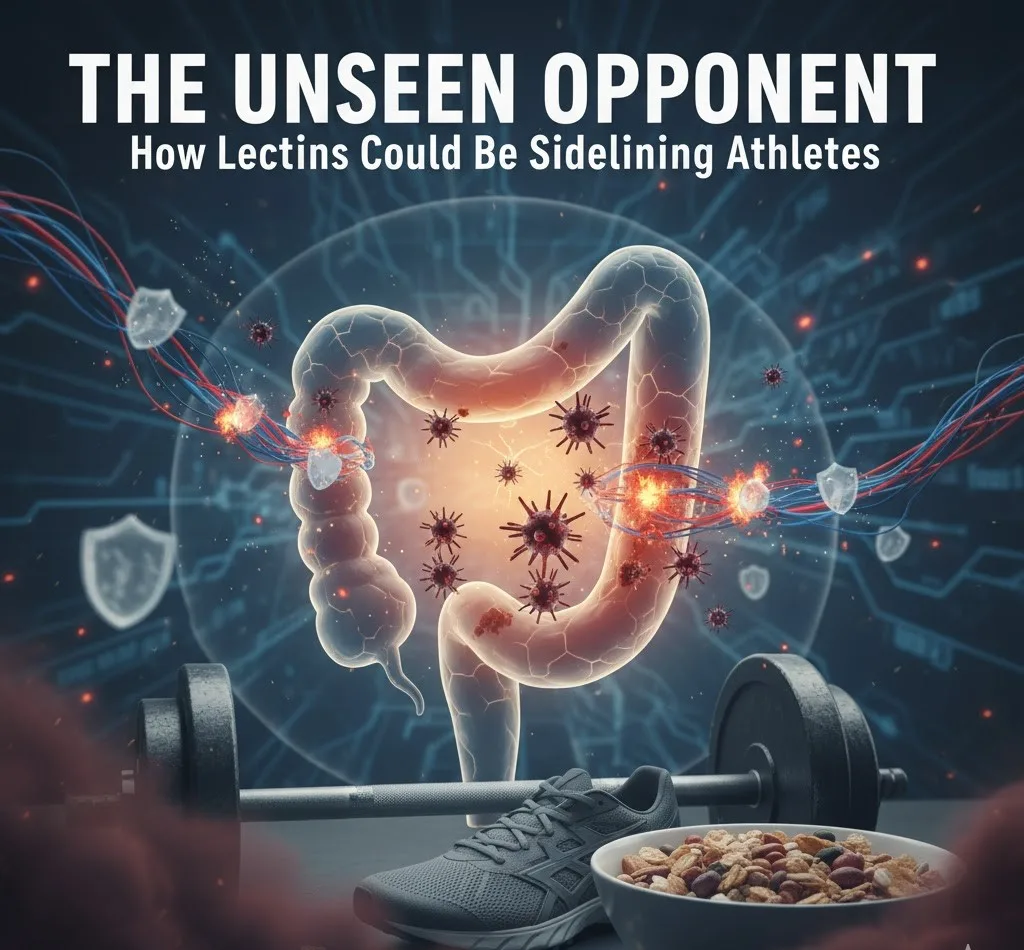In the relentless pursuit of peak performance, athletes meticulously fine-tune their training regimens and dietary strategies. Every macronutrient is weighed, every supplement scrutinized. Yet, an unseen opponent might be lurking in seemingly healthy foods, quietly sabotaging performance and recovery: lectins. These little-understood plant proteins, far from being inert, are gaining recognition as a potential disruptor for athletes striving for an edge.
Lectins are naturally occurring proteins found in a wide variety of plant-based foods, from legumes and grains to certain fruits and vegetables. While often overlooked, their primary role in plants is a defensive one – they act as a natural pesticide, making the plant less appealing to predators. Unfortunately, this defense mechanism can have unintended consequences for human health, particularly for those with demanding physical lives like athletes.
The insidious nature of lectins lies in their interaction with our digestive system. Unlike most proteins, many lectins are resistant to digestion in the gut. Instead, they can bind to the lining of the small intestine, potentially causing irritation and increasing what's known as "gut permeability" – essentially, creating microscopic gaps in the intestinal wall. For an athlete, a compromised gut barrier can mean several things:
-
Impaired Nutrient Absorption: If the gut lining is inflamed or leaky, the efficient absorption of crucial vitamins, minerals, and macronutrients vital for energy production, muscle repair, and recovery can be significantly hampered. This can lead to persistent fatigue, slower recovery times, and even nutrient deficiencies that impact performance.
-
Inflammation and Joint Pain: When lectins pass through a compromised gut wall into the bloodstream, they can trigger an immune response. This systemic inflammation can manifest as generalized aches, pains, and increased susceptibility to joint issues – a nightmare for athletes reliant on joint health and mobility. Some research even suggests that certain lectins, through a process called molecular mimicry, can trick the immune system into attacking the body's own tissues, potentially contributing to autoimmune conditions that could derail an athletic career.
-
Reduced Energy and Endurance: Chronic inflammation and poor nutrient absorption can directly impact an athlete's energy levels and endurance. The body, constantly battling inflammation, diverts resources away from optimal athletic function, leading to decreased stamina and an inability to maintain peak intensity during training or competition.
While the impact of lectins can vary greatly among individuals, their presence in common staples of an athlete's diet – such as whole grains, beans, and even some "superfoods" – makes them a significant consideration. The good news is that understanding lectins empowers athletes to make informed dietary choices. Proper preparation methods, like thorough soaking, sprouting, and pressure cooking of legumes and grains, can significantly reduce lectin content. Some individuals might also benefit from temporarily reducing or eliminating high-lectin foods to assess their impact on performance and well-being.
In a world where marginal gains can mean the difference between victory and defeat, athletes are constantly seeking ways to optimize their physical and mental state. Recognizing lectins as a potential "unseen opponent" allows for a more holistic approach to nutrition, one that goes beyond counting macros to consider the subtle yet profound impact of specific plant compounds on athletic performance and long-term health. By understanding and strategically managing dietary lectins, athletes might just uncover a new pathway to unlocking their full potential and staying ahead of the game.

